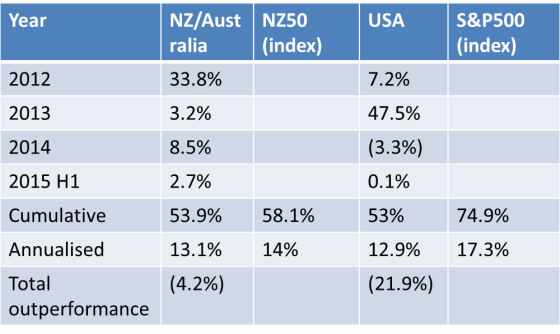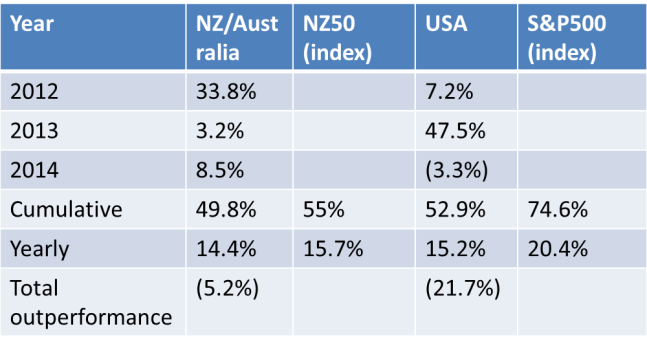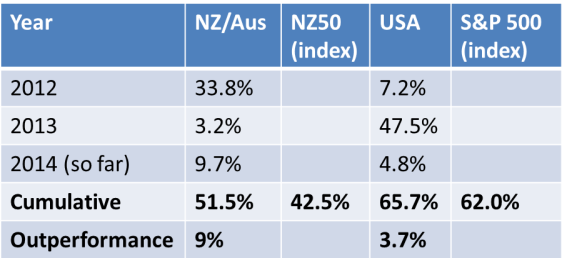Tower Insurance (previously written about here) recently reported results and announced a large share buyback. Here are the links:
Since my first purchase back in June, the stock has paid a 5c dividend, but languished somewhat after some moderate earthquakes in Wellington (where I live).
The results are approximately what I expected, but I’m more interested in the buyback. Here are the key facts:
- The stock currently trades around $1.71.
- Tower intends to spend up to $70 million with an off-market, pro rata voluntary share buy back at $1.81.
- If Tower spent all $70 million, it would buy back 18.7% of its shares.
- The buyback is conditional on shareholders volunteering approximately 9% of shares to be bought back (technically “conditional on sufficient acceptances being received from shareholders to return an amount equivalent to at least 10% of TOWER’s average market capitalisation (at the time of this announcement)”.
- No brokerage charged on buyback.
- Repurchased shares will be cancelled.
- Eligible shares to be bought back have to be (record date) on 6 December.
- Offer closes 23 January 2014.
- Payment date 31 January 2014.
- (Dates may be changed at company’s discretion).
So the questions for me are: what do I do with my existing shares, and do I buy more?
If I can buy shares at $1.71 today and receive $1.81 on 31 January next year, that’s an internal rate of 41%, which is pretty good if you can get it.
But they’re “only” buying 18.7% of their shares back, and it’s prorated.
The other aspect is that if I sell for $1.81, I’m taking a very modest loss (after accounting for the dividend) on my shares. That’s really a sunk cost issue that is irrelevant for my decision today, but it raises the question of whether my analysis at the time of purchase was wrong, and if so, why?
The way I see it is that I’m still comfortable with my initial thesis, but that there may be a potential short term opportunity to capture the spread between today’s market price and the buyback offer.
The issue is that the buyback happens in two months. So depending on what the share price does between now and then, there will be different outcomes.
If the share price rises above $1.81 before the buyback, I can sell into the market and make a better than 41% IRR.
The problem is if the share price falls. As the price falls, more and more investors will opt to sell into the buyback. That will reduce my pro-rata share.
At an absolute minimum, I will be able to sell 18.7% shares into the buyback. In reality, the proportion would be higher as some investors cannot be bothered filling in the acceptance form.
For the remainder of my shares, I will own an insurer who has bought back 18.7% of its shares at below my estimate of intrinsic value. That doesn’t seem like such a bad outcome.
I’m still pondering what to do, but if anyone has any thoughts, email me or leave a comment.



